What are Molotov cocktails, and where they got their name - a brief history of the devices after Ukraine tells citizens to make them in fight against Russia's invasion
and live on Freeview channel 276
Ukrainian president Volodymyr Zelenskyy has urged citizens to use the home-made incendiary devices against Russian forces as the country fights desperately to stave off invasion.
And well he might, as it wouldn’t be the first time the petrol bombs have helped see off Russian forces.
Molotov cocktails were named during the ‘Winter War’
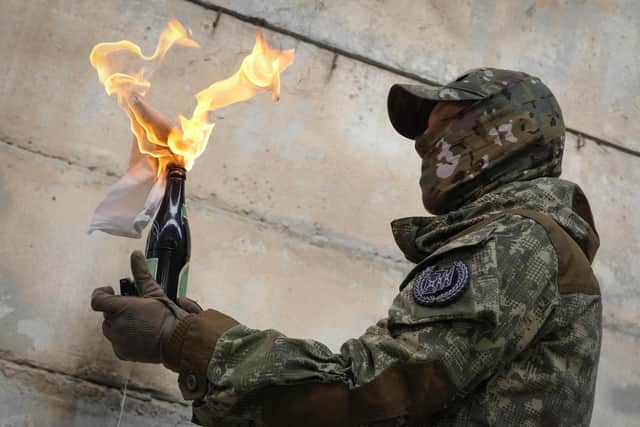

Advertisement
Hide AdAdvertisement
Hide AdMolotov cocktails got their name during the Winter War of 1939-1940 when Finland was forced to defend itself against the neighbouring Soviet Union.
They were named after Soviet foreign minister Vyacheslav Molotov, as played by Michael Palin in the film The Death Of Stalin.
But it wasn’t complimentary.
Old Vyacheslav had previously loaned his name to the Molotov–Ribbentrop Pact between the USSR and Nazi Germany, which was still in place at the time of the war with Finland.
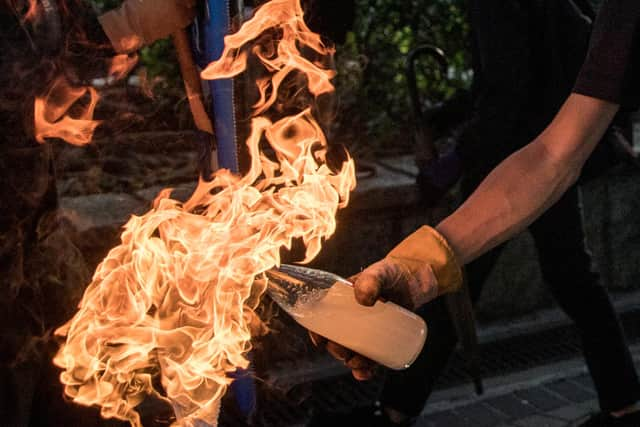

Molotov’s propaganda during what became known as the Winter War claimed bombing missions over Finland were actually airborne humanitarian food deliveries.
Advertisement
Hide AdAdvertisement
Hide AdThe Finns thus dubbed the Soviet cluster bombs ‘Molotov bread baskets’.
And when the Finns hit on using improvised fire bombs to take out Russian tanks, they named them ‘Molotov cocktails’ (Molotovin koktaili in Finnish, for the linguists among you) – as a drink to go with his ‘food parcels’.
How Molotov cocktails ‘work’
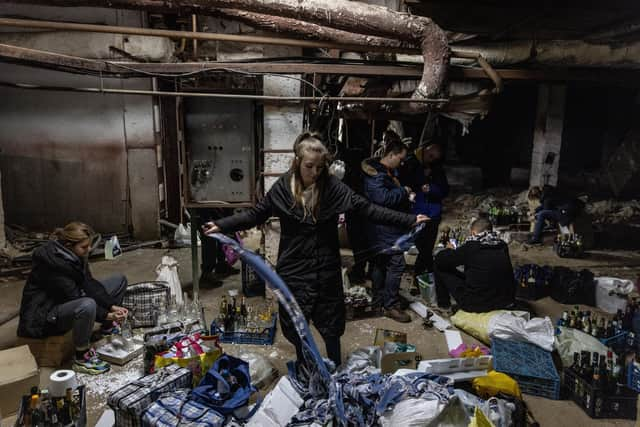

It takes no great genius to understand the destructive power of petrol and fire, but there is slightly more to the Molotov cocktail than that.
For obvious reasons, we don’t intend to go into a full recipe here, but the standard Molotov cocktail is comprised of a glass bottle containing a flammable substance such as petrol, and a source of ignition such as a cloth wick usually soaked in alcohol or kerosene.
Advertisement
Hide AdAdvertisement
Hide AdWhen it comes to deployment, the wick is lit and the bottle hurled at its target – at which point the bottle smashes, and a cloud of fuel droplets and vapour are ignited by the burning wick.
The impact of the immediate fireball and spreading flames can be augmented by adding other materials.
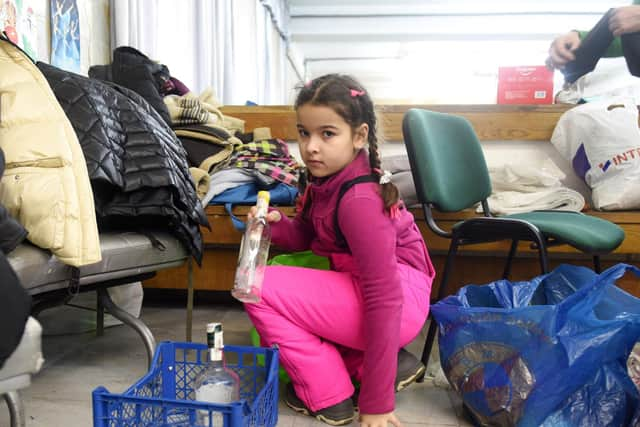

These can be toxic substances, or thickening agents such as strips of rubber or detergent which can help the burning liquid stick – and create choking clouds of smoke.
The Ukrainian women filmed making the Molotov cocktails in Dnipro were shown grating polystyrene with cheese graters to add to their recipe.
When else have Molotov cocktails been used?
Advertisement
Hide AdAdvertisement
Hide AdTheir ease of production means Molotov cocktails have been a weapon of choice for rebels, terrorists, rioters and even football hooligans, which has made them a symbol of rioting, uprising and revolution.
But they also have a history of being used by conventional armed forces – including the British Army – when traditional weaponry is scarce.
The Imperial War Museum in London has an image of a squad of Home Guards preparing to deal with invaders ‘by means of Molotov cocktails’ during training in the Dover and Folkestone area.
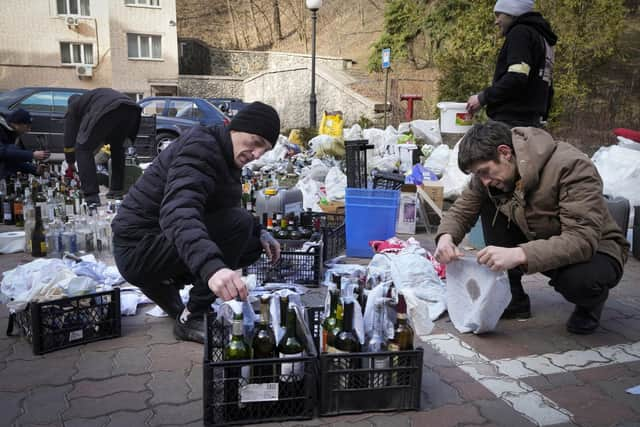

History has it that the devices were first used during the Spanish Civil War (1936-39), and they are described by British fighter Tom Wintringham, who was part of the International Brigades.
Advertisement
Hide AdAdvertisement
Hide AdThe Finns later perfected their construction and use, and gave them their name, and they have remained in use over the decades, as their potential deployment against Russian armoured vehicles in the Ukraine will testify.
The National Defense Magazine reported in 2005 that US Marines had used ‘old-fashioned Molotov cocktails made from one part liquid laundry detergent, two parts gasoline’ to deal with insurgents hiding out in houses in Iraq.
The devices continue to be seen used in the 21st Century in protests around the world, including Hong Kong, Bangladesh and the USA – with the latter seeing two attorneys arrested for allegedly throwing Molotov cocktails at NYPD vehicles during George Floyd protests in New York City in May 2020.
Less lethal but fairly unpleasant variants have also been deployed in recent years.
Advertisement
Hide AdAdvertisement
Hide Ad‘Puputovs’ – glass containers filled with excrement – were used during the protests in Venezuela from 2014 and into 2017.
And a less-harmful yet no-less-unpleasant variant saw balloons filled with ‘unknown, foul-smelling liquid’ were reportedly used during protests against Donald Trump in Portland, Oregon, in the summer of 2017.